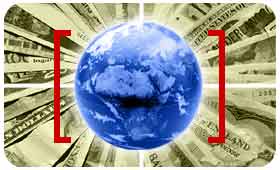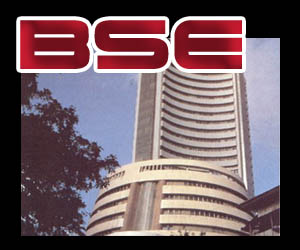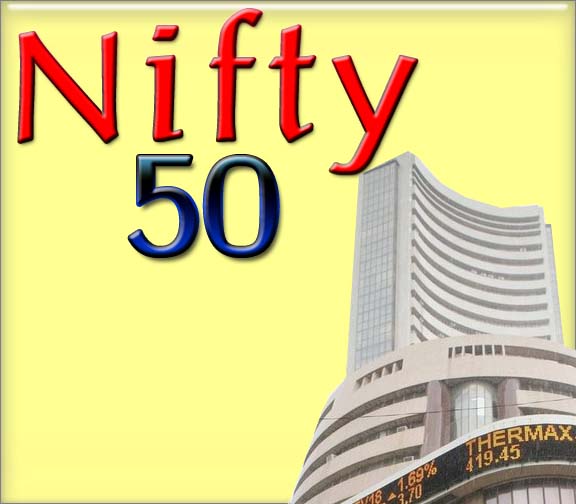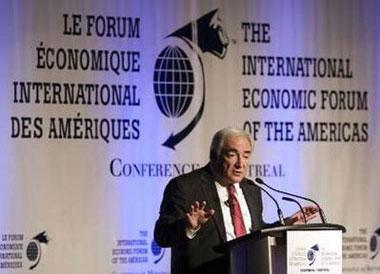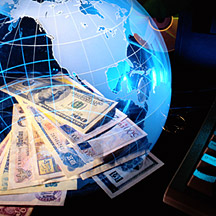The crisis of 2008-09 is seen as a crisis of capitalism. Self-regulation of financial markets in the United States is condemned and the unwillingness of the market-oriented system to learn from past experiences of a similar kind is stressed. Nowhere though is neo-liberalism defined. Markets are seen to be inherently inefficient, unable to gauge risks, and unable to create effective demand to match growing supply. Unregulated markets in financial assets are unrelated to the real economy and were the root cause of the crisis.
It appears that they would like to see an economic system that is focused on government spending to uplift the poor and not on industrial and finance development. They must welcome the stimulus packages of the United Progressive Alliance government focused on raising rural purchasing power. They do not consider expanding supplies as a necessary element. Nor do they recognize the role of private versus state entrepreneurship in bringing about speedy economic growth and employment.
In recent years, the financial flows have gone far beyond the requirements of the real economy. Many novel financial products were developed that assumed that risks were measurable and that people acted rationally and hence the markets could be managed. The excessive dependence of the U.S. on cheap imports from China, its huge current account and budget deficits, the low interest rates to keep that economy stimulated, and the decline of American domestic savings almost to zero led to overextension of credit for housing, consumer goods, and other items.
It appears that they would like to see an economic system that is focused on government spending to uplift the poor and not on industrial and finance development. They must welcome the stimulus packages of the United Progressive Alliance government focused on raising rural purchasing power. They do not consider expanding supplies as a necessary element. Nor do they recognize the role of private versus state entrepreneurship in bringing about speedy economic growth and employment.
In recent years, the financial flows have gone far beyond the requirements of the real economy. Many novel financial products were developed that assumed that risks were measurable and that people acted rationally and hence the markets could be managed. The excessive dependence of the U.S. on cheap imports from China, its huge current account and budget deficits, the low interest rates to keep that economy stimulated, and the decline of American domestic savings almost to zero led to overextension of credit for housing, consumer goods, and other items.
